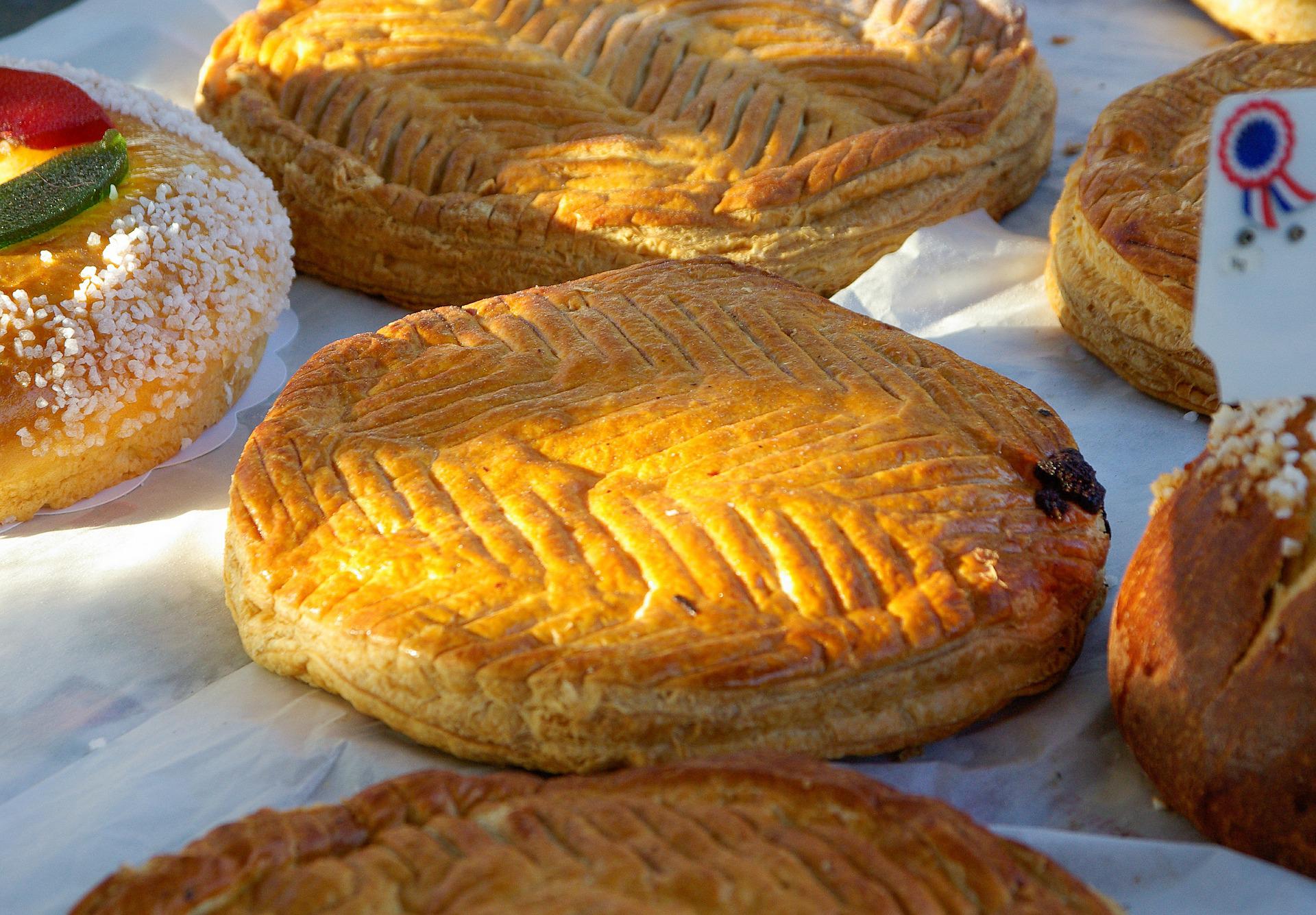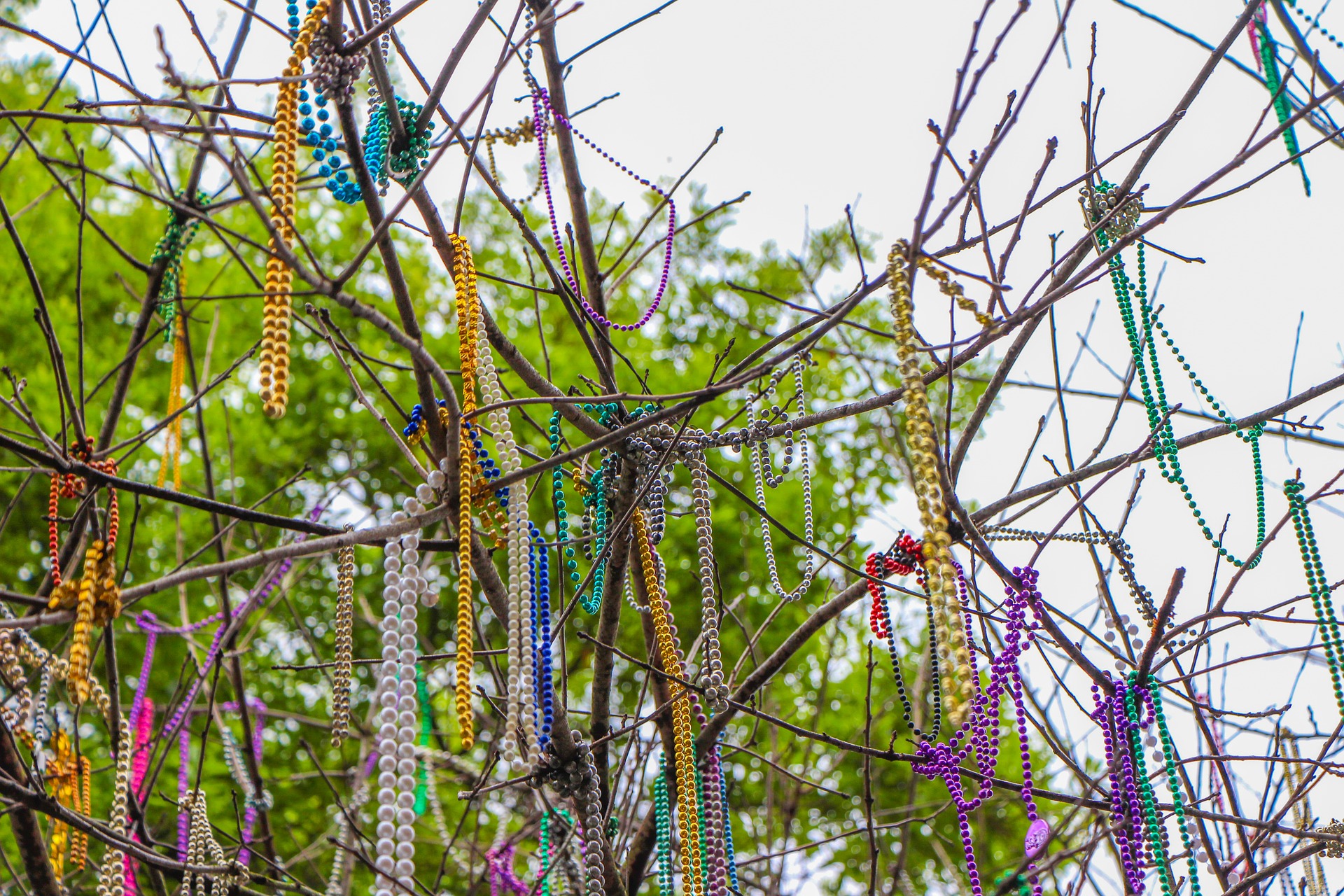History of Mardi Gras
in New Orleans

Known for an abundance of excess and a lively party atmosphere, Mardi Gras in New Orleans is a celebration unlike any other. Apart from Bourbon Street and the beads, did you know the event is steeped in history and tradition? Here is what you should know about the biggest bash in the south.
What's the Meaning of Mardi Gras in New Orleans?
Mardi Gras is the most popular Carnival celebration in the US. And, despite its reputation as a raging party today, Mardi Gras started as a religious celebration more than two thousand years ago.
Religious Roots of Mardi Gras
Historically, Catholics mark the 40 days and 40 nights before Easter as a season of deprivation and fasting. During this time, many abstain from consuming meats and other sustenance. Therefore, the day before the season of fasting begins, many would indulge in fatty, heavy foods to help sustain their fast and clear their homes of these foods that became forbidden during the fasting season. This tradition became known as Fat Tuesday and eventually gave way to the celebration of Mardi Gras.
Before the rise of Christianity, historians say Mardi Gras-like celebrations still took place, just under the Pagan guise of celebrating spring and fertility. Instead of abolishing these celebrations altogether, the Roman Catholic Church decided that it would be easier to find a way to incorporate them into the Christian calendar. Since that decision, the festival has always happened on the day before the religious season of Lent begins.
Fun Facts About Mardi Gras
- The first Mardis Gras celebrations in the US took place in 1699
- Masks are required BY LAW for anyone riding on a parade float!
- Beads aren’t the only thing that gets thrown! You can also expect stuffed animals, candies, and small toys.
- There is more than one Mardi Gras in the US. Smaller celebrations also exist in Alabama, Florida, and Texas.
- The official colors of Mardi Gras are purple, green, and gold.

King Cakes in New Orleans for Mardi Gras
The most popular of foods consumed during the festival, King cake, is actually consumed from January 12 - to fat Tuesday. What started as a small dough ring has evolved into a Danish braided pastry thick with cinnamon and icing.
Be careful while indulging, though, as a true, traditional King Cake will have a small baby Jesus figurine baked into the dough! Many bakeries, fearing lawsuits, now give the plastic figurine separately for the buyer to insert on their own. Legend has it that whoever gets the slice of cake with the baby must host the next party or, at a minimum, buy the next King Cake.
Mardi Gras Krewes in New Orleans
By the mid-1850s, Mardi Gras had become so synonymous with crime and drunkenness that local officials were ready to ban it. Instead, a local group known for providing a New Year’s Eve parade for more than 20 years stepped in and offered their expertise. They promised an orderly parade free of chaos. They called their group the Krewe of Comus (the Greek God of revelry) and saved the day. Today, more than 70 krewes join in the Mardi Gras parade.
The Rex of Mardi Gras - King of the Festival
Among those krewes, one will find the “Krewe of Rex.” One of the most famous krewes out there, in 1872, this group played host to Grand Duke Alexis Romanov Alexandrovitch, brother to the heir apparent to the Russian throne. The city was excited over this visit and donned the Grand Duke the “Rex” or King, of the popular Krewe of Rex. Since 1872, a different prominent person has been chosen to be the “Rex” of the festivities, or “King of Carnival,” and is recognized with a key to the city and top honors.

Why People Throw Beads for Mardi Gras in New Orleans
Today, beads tend to be thrown from floats and balconies to women willing to reveal their bodies. However, the tradition of bead throwing started as something far more honorable and modest. The original “King of Carnival,” Grand Duke Alexis Romanov Alexandrovitch, named the colors of the festival during his initial visit to Mardi Gras in 1872. During that trip, he established purple, meaning justice, green, meaning faith, and gold, meaning power, as official colors. Glass bead necklaces were then made in these colors and tossed to those who exhibited these traits during the festival. Those catching the beads were said to have good luck for the rest of the year.









